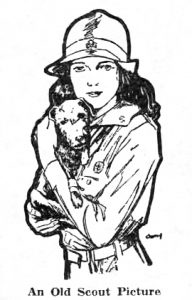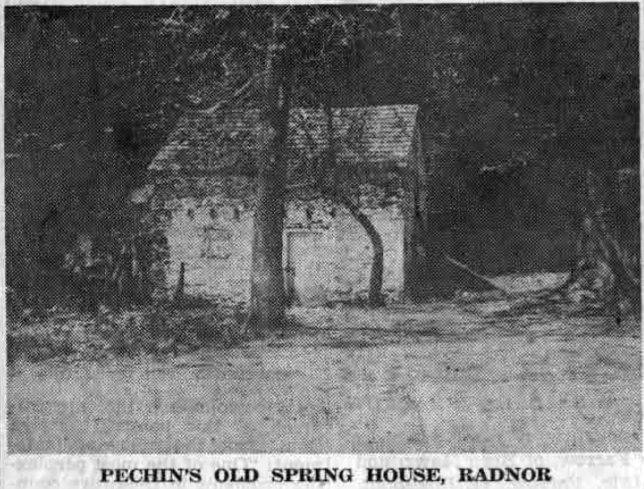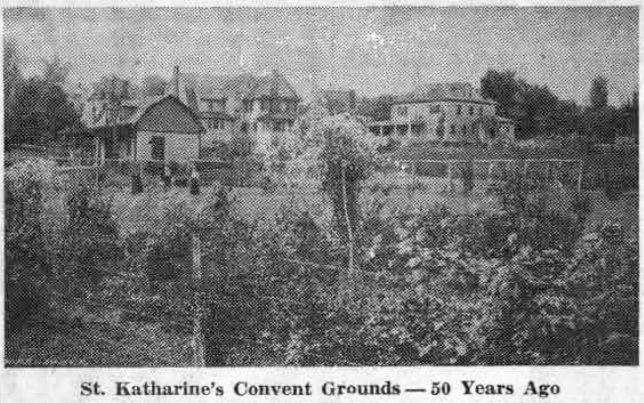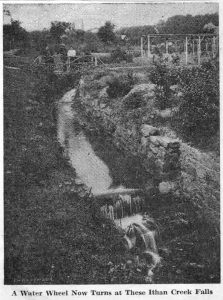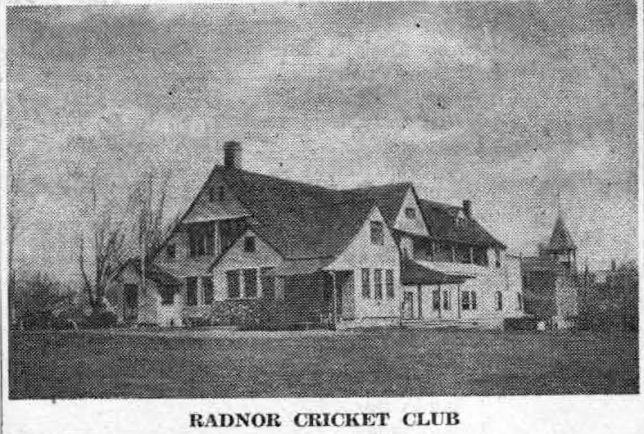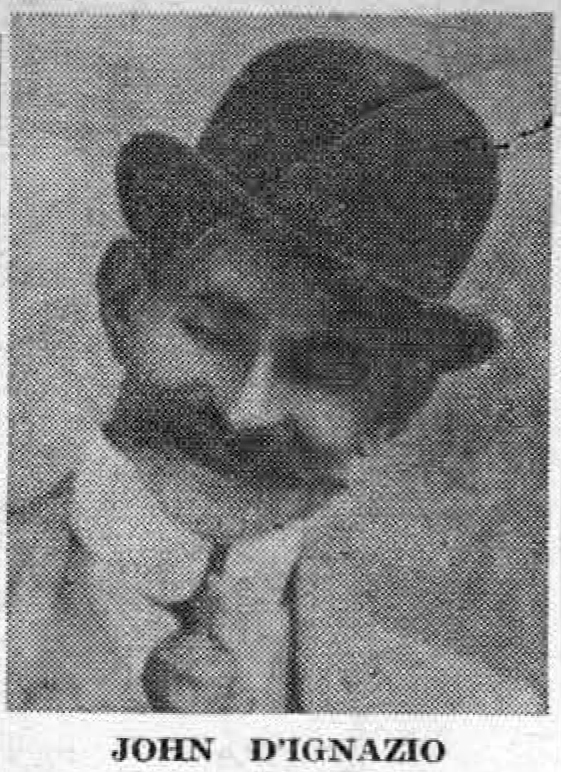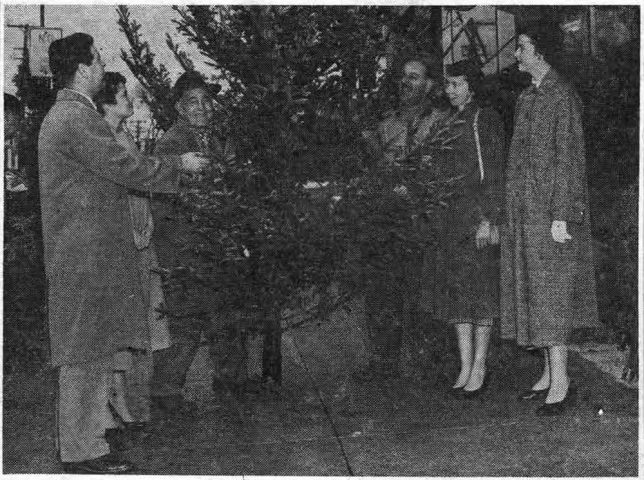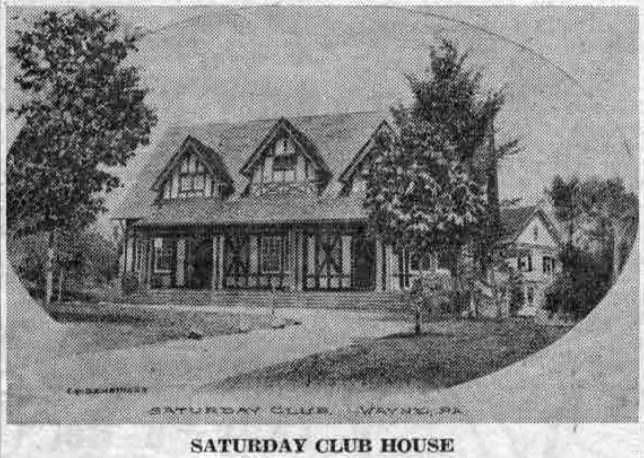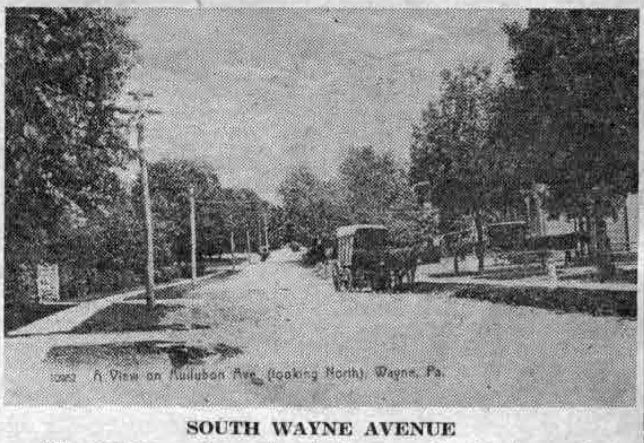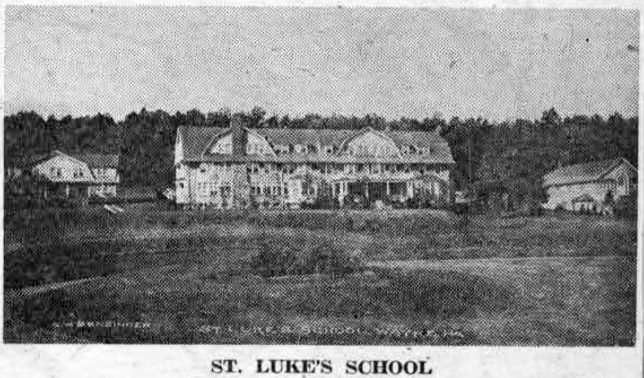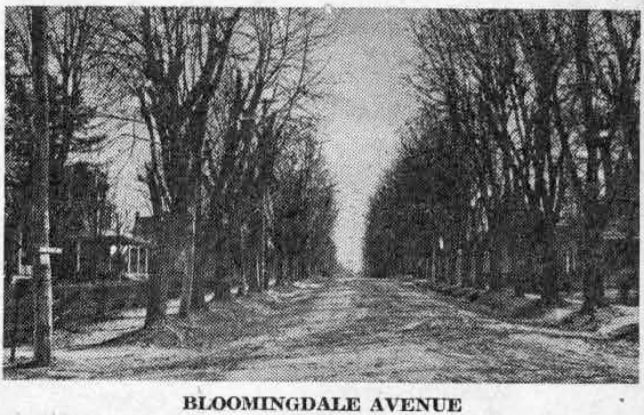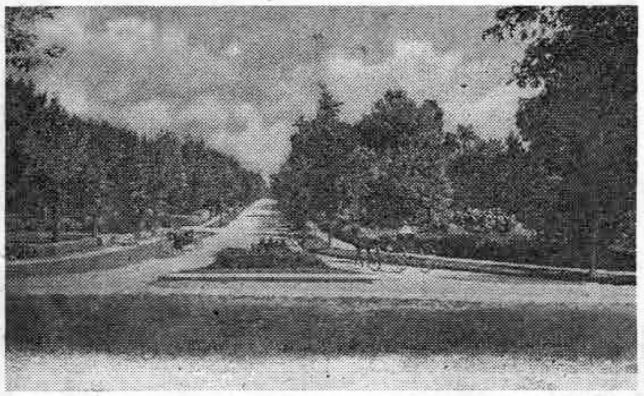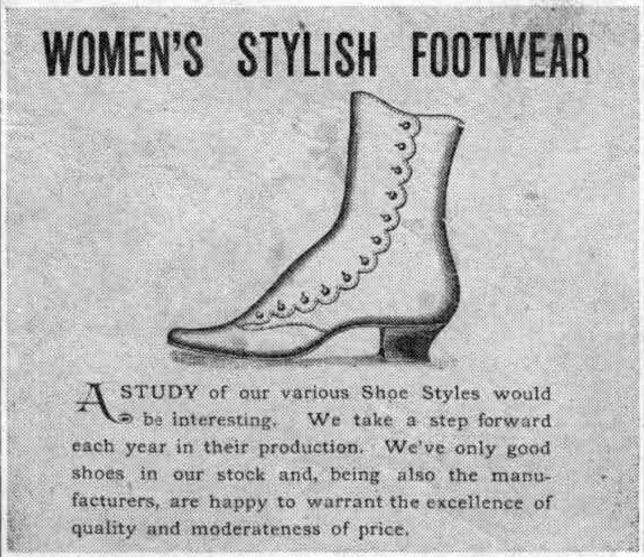 Interesting as are some of the old-time recipes in the cook book compiled by the Ladies’ Aid Society of the Wayne Methodist Church in 1892, described last week in this column, the advertisements are even more so.
Interesting as are some of the old-time recipes in the cook book compiled by the Ladies’ Aid Society of the Wayne Methodist Church in 1892, described last week in this column, the advertisements are even more so.
Evidently, every merchant or business man in the vicinity who was in the market to sell anything, from homes to wagons, advertised their merchandise in this interesting 78-page booklet. Not to be outdone by the home merchants and business men, Philadelphians contributed their full share.
What a change in prices these 65 years have brought! Although all of us are conscious of those changes, still it is startling to think that a brand new 15-room stone house “finished in oak and plate glass,” and “located on ¾ acre of ground” sold for only $9,500 In 1892. This information was given in the very first advertisement in the booklet, by the one-time famous “Wayne Estates,” of which much has appeared in this column from time to time.
This was the era in which women’s “hand-sewn Paris kid shoes” were sold for $4.00 by Hallahan’s Shoe Shop, one of the most famous stores in its line in Philadelphia. The illustration appears in this column. At the same lime George B. Wells, “City Hall Hatter” was charging $1.90 for a “fine Derby Hat” with silk hats “at $3.50 up.” And $2.90 was the price for “the best Derby the hatters’ art can produce.”
There is a surprise in the wide variety of merchandise that could be purchased in Wayne itself in the ’90’s. But at that time there was no Ardmore shopping center, and a round trip to Philadelphia by train was a tedious affair.
John Wanamaker advertised as “the biggest store in the world, and the biggest dry goods store in America, nothing by halves.” And since it was a cook book in which they were advertising, they called attention to their “more than 50 shapes and sizes of agate ware, as safe to use as the purest ironware. And handsome! Pots and kettles, and stew pans actually handsome!” Strawbridge and Clothier emphasized “Dry Goods by Mail” from their Philadelphia store.
Locally the Wayne Mart, operated by George R. Park and F.E. Lamborn at “Store No. 1, New Block,” Wayne, sold a full line of everything from clothing to embroidery silks. C.W. Bensinger, at “No. 7 Business Block,” was a book, stationery and variety store.
Thomas Law, “General Upholsterers” located at “6 Business Block,” advertised that he “sewed and laid carpets,” thus solving one of the problems of the housekeeper of the ’90’s. Since lace curtains and carpets belong in the same era, it is interesting to note that the Forrest Laundry, of Philadelphia, made a speciality of doing up these window hangings, a matter which always presented a problem. This laundry, whose trucks are seen daily on the streets of Wayne, is still located on Columbia avenue, Philadelphia, just as it was in the ’90’s.
(To be continued)

